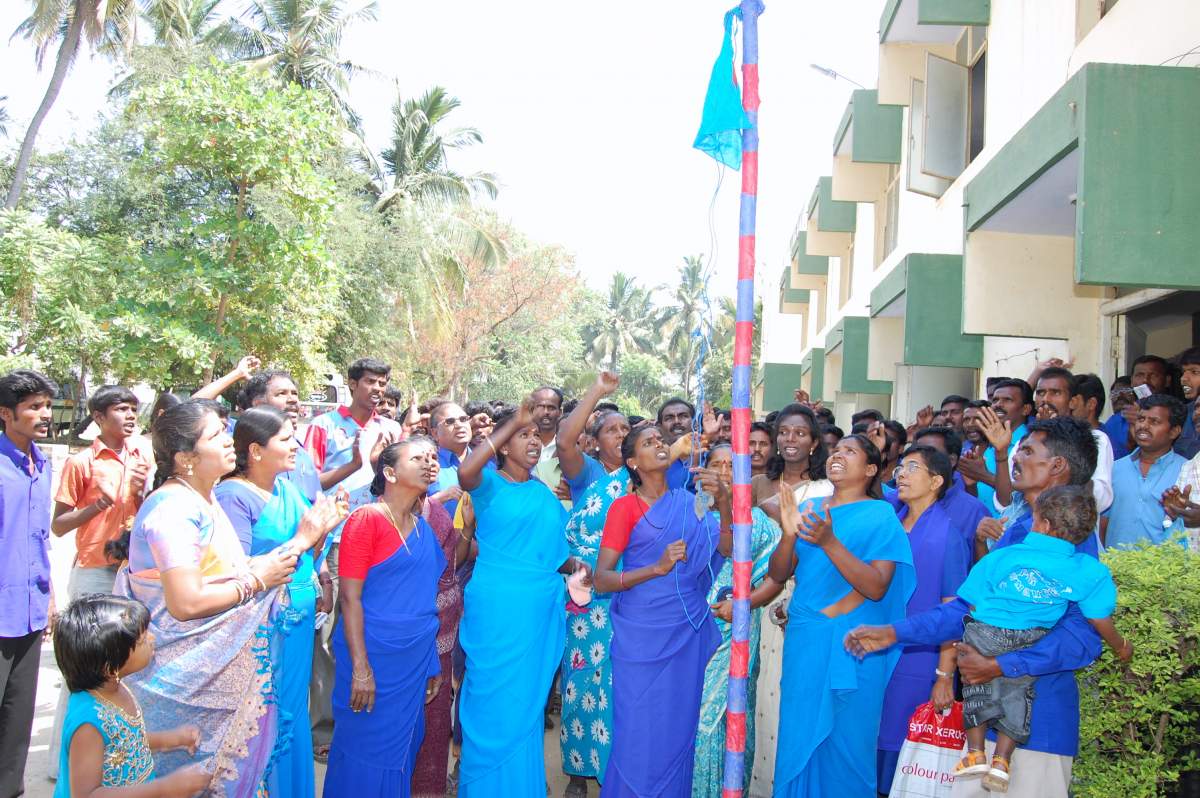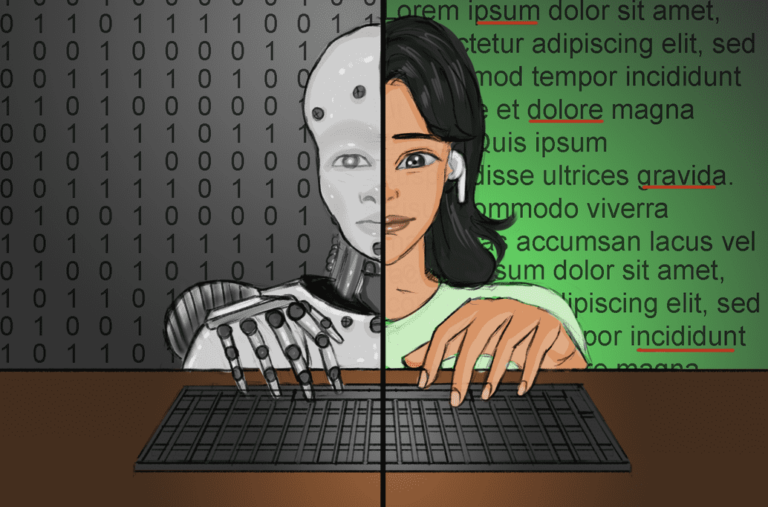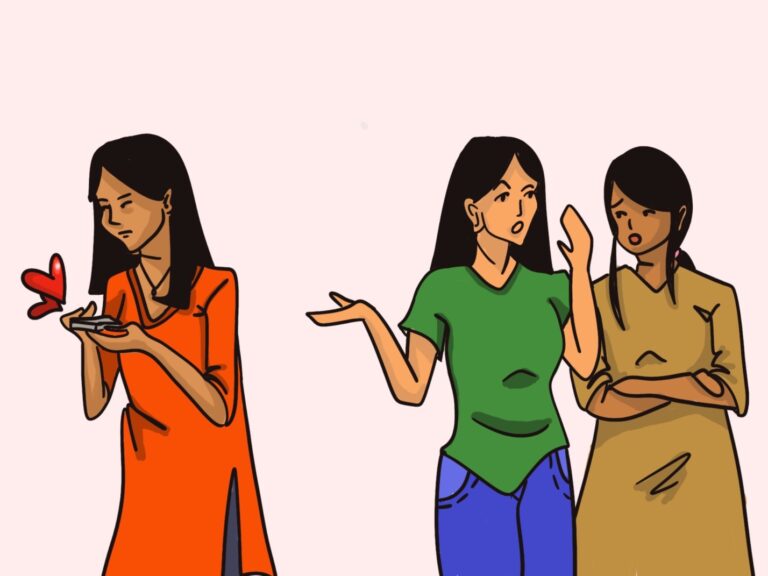Towards women equality, laws are not enough

Manoj Reddy is a Commerce graduate. He is interested in public service. When not with his coffee mug and books, he spends his time writing on Life, Economy, Women Issues and International Relations.
With the turn of another decade, the women in India have emerged much stronger- personally, financially, socially, and politically. On 8th March, on the occasion of the International Women’s Day, the President of India conferred “Nari Shakti Puraskar” on 15 women for their Outstanding Contribution to the society. These women had rendered their distinguished services towards the emancipation of women, especially vulnerable and marginalized women. The winners are from fields as diverse as agriculture, sports, handicrafts, afforestation and wildlife conservation, armed forces, and education.
The constitution of India has got various provisions for the upliftment of women like equality of employment opportunity, voting rights, and equal pay for equal work. The government has got multiple schemes like Beti Bachao, Beti Padhao – aimed at eradication of female foeticide; Swadhar Greh – for the rehabilitation of women in difficult circumstances; Mahila E- Haat for supporting women entrepreneurs.
The 17th Loksabha has 78 elected women MPs, the highest number ever. Though it is news to rejoice, the matter that these women account for just 14.39% of the entire strength of the Lower House, makes the joy short-lived.
We need to realize that we have come a long way. But we have a lot more to achieve. As Hilary Clinton said, “I believe that the rights of women and girls are the unfinished business of the 21st century.”
In India, we have a reasonably robust legal framework for the protection of women. Most of us think that having strong laws in favor of women will lead to their empowerment. It’s a massive anomaly. For instance, The Indian Penal Code; The Sexual Harassment of Women at Workplace (Prevention, Prohibition and Redressal) Act, 2013; Protection of Women from Domestic Violence Act, 2005 and many more acts are strongly worded to protect the women.
But, be ready for a rude shock! Despite all these laws, crimes against women are continually increasing every year. Let’s consider some data :
Going by the National Crime Records Bureau report, released in January 2020, a total of 3.78 lakh cases of crimes against women were recorded across India in 2018 compared to 3.59 lakh in 2017 and 3.38 lakh in 2016. The crime rate per one lakh women population was 58.8 in 2018 compared to 57.9 in 2017.
The Justice Verma committee report of 2013, has also confirmed that despite stringent laws, the crimes against women are increasing. This shows that the laws are not enough. They are only the first step in a series of steps to be taken. Then, where lies the solution? For that, we need to look at the root cause of the problem.
The problem lies in our deeply rooted social belief system – Patriarchy!
The day when we have desired a male child over a female child, at that moment, we have pushed our girl child into an unequal world. The harsh realities that a girl child faces, aggregates, and increases with the child’s age. Verma committee also said that rape is more to do with the expression of power over a woman than a Crime of Passion.
John Locke has said, “Man, when born, is like a Tabula Rasa (a clean sheet of paper).” At birth, a girl child is mentally no different from a boy child. We only inherit the biases as we grow up. Family, friends, school, locality, culture, country, etc., all add to our bias. These biases will condition a boy child and a girl child into a predefined set of behavior. For example, boys are chided for crying, showing emotions. They are expected to be aggressive, outgoing. Whereas a girl is expected to be soft-spoken and humble. She is expected to be the one who has to adjust all the time. The one who should sacrifice – first for the brothers at a young age, later for husbands and finally for her kids. All the dreams of a woman are sacrificed at the altar of Patriarchy.
The bias against women is hammered into us from a young age. For instance, What would you expect from a boy who has seen his father beat his mother? There is a strong possibility that this boy would also beat his wife in the future. Because these acts of violence would have created a strong impression on the mind of the child. As we sow, so shall we reap. The violence would be normalized to such an extent that no one feels that a mistake has been committed.
There is a need for change in the MINDSET. The only solution lies in education.
Change is required in the way the society thinks of a girl child. To achieve that, gender education must be imparted from a younger age. It must start from the home. Mother who is the first teacher, must take upon herself this task. All children must be treated equally from a very young age. Gender sensitization must begin at home. Parents should teach their children that the kitchen is not only for girls. In fact, cooking must be interpreted as a life skill that both girls and boys should master.
Boys must be taught about what excellent cooks men are. The Mahabharata shows that Bhima was a great cook! And it is okay for boys to cry, to express their emotions and be vulnerable too. This is the social reform that is the need of the hour. When God does not discriminate, why should humans?
For a woman to be truly empowered, society should shed its ugly gender bias. This is the land where we taught- ‘Yatra Naryastu Pujyante, Ramante Tatra Devata’ ( Where the women are worshipped, there lives the Gods). For this to be true, all the leaders, policymakers and every single person has to strive for the betterment of the women. Remember, it is not for the women that we want women empowerment, but for the entire progress and well-being of the world. For, what is a world without women?
Featured Image Credits: Wikimedia








Readers' Reviews (2 replies)